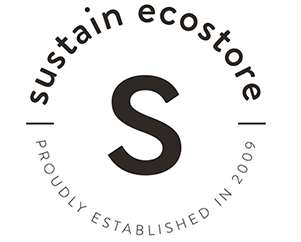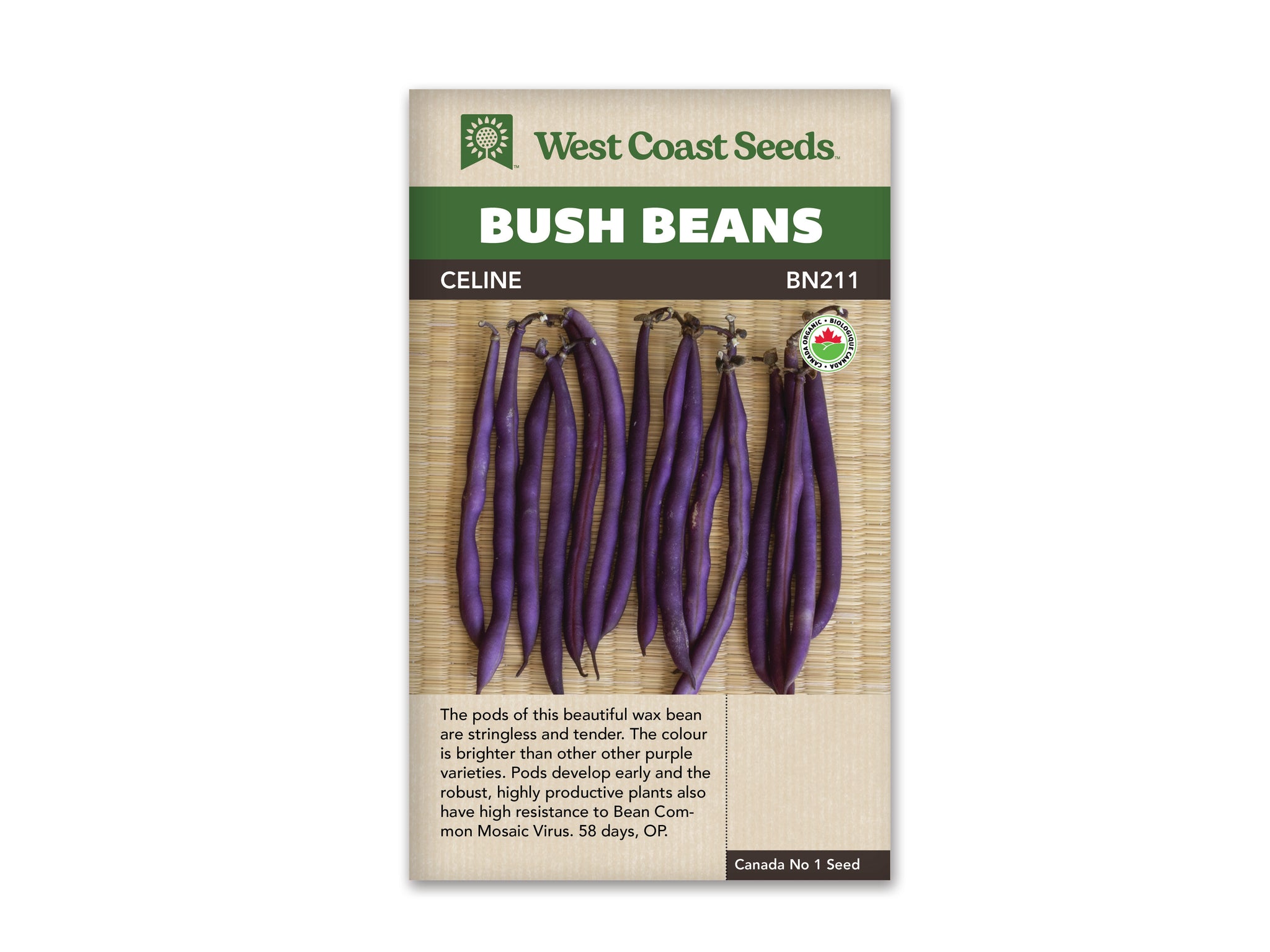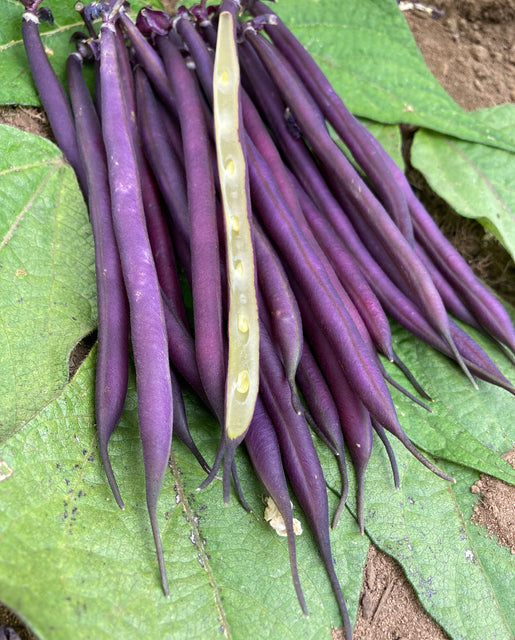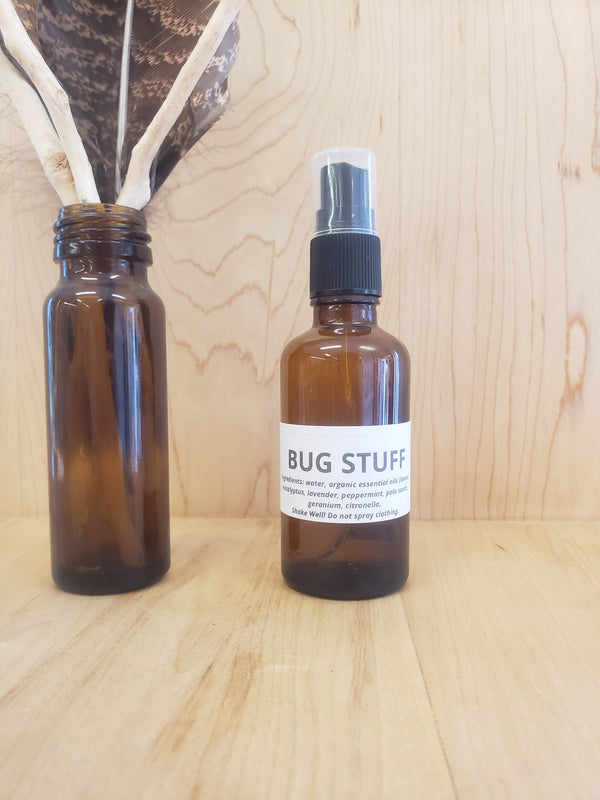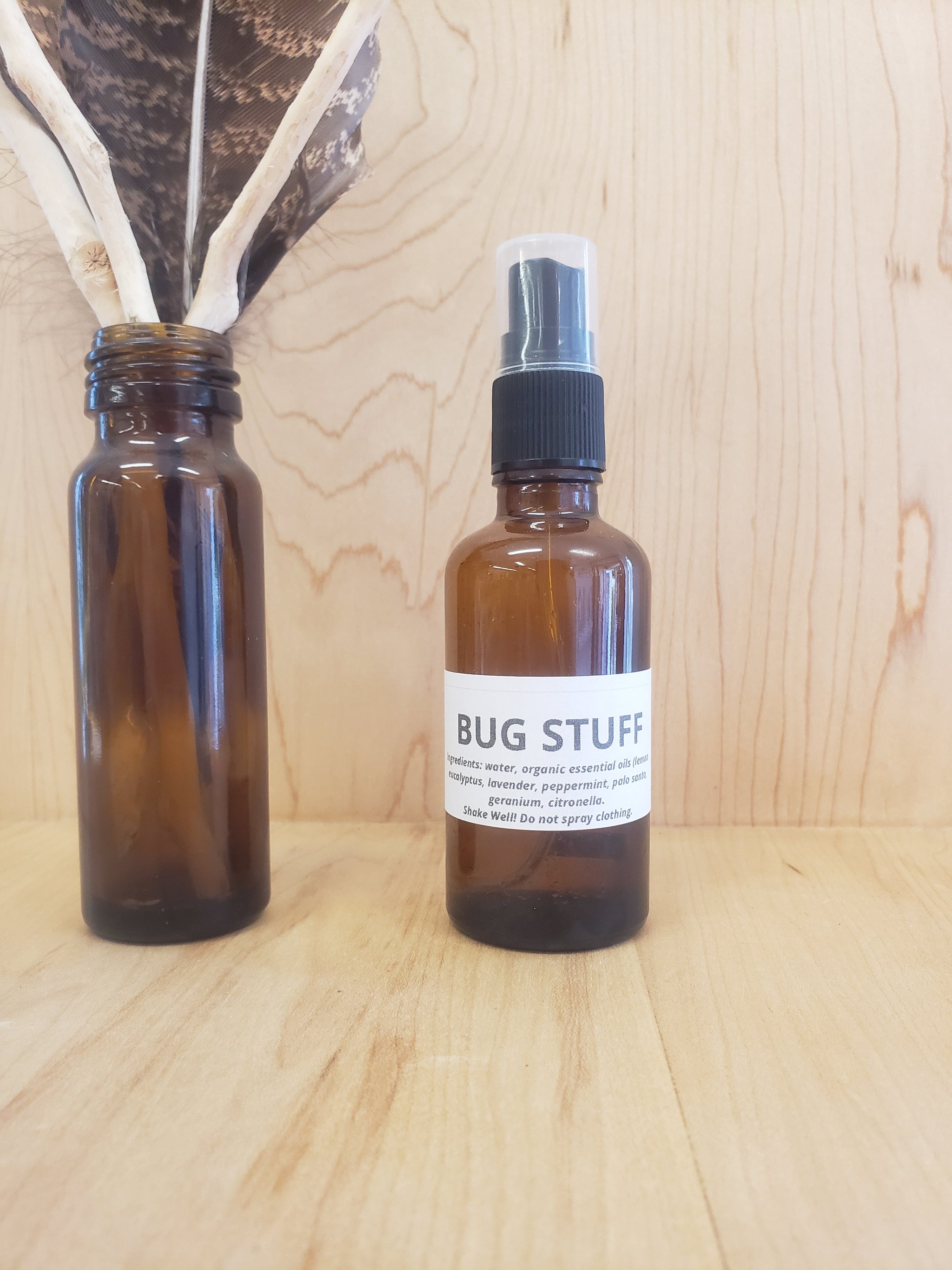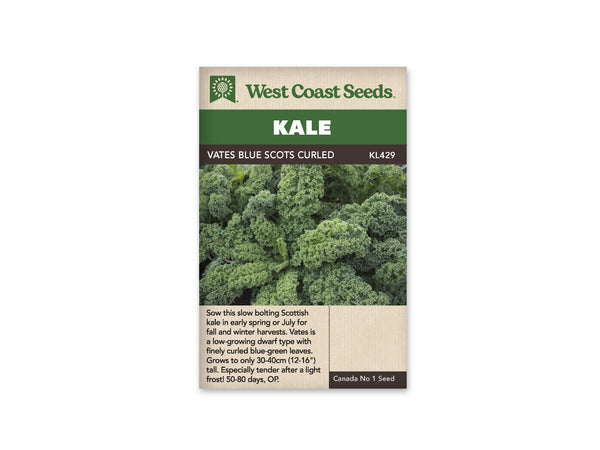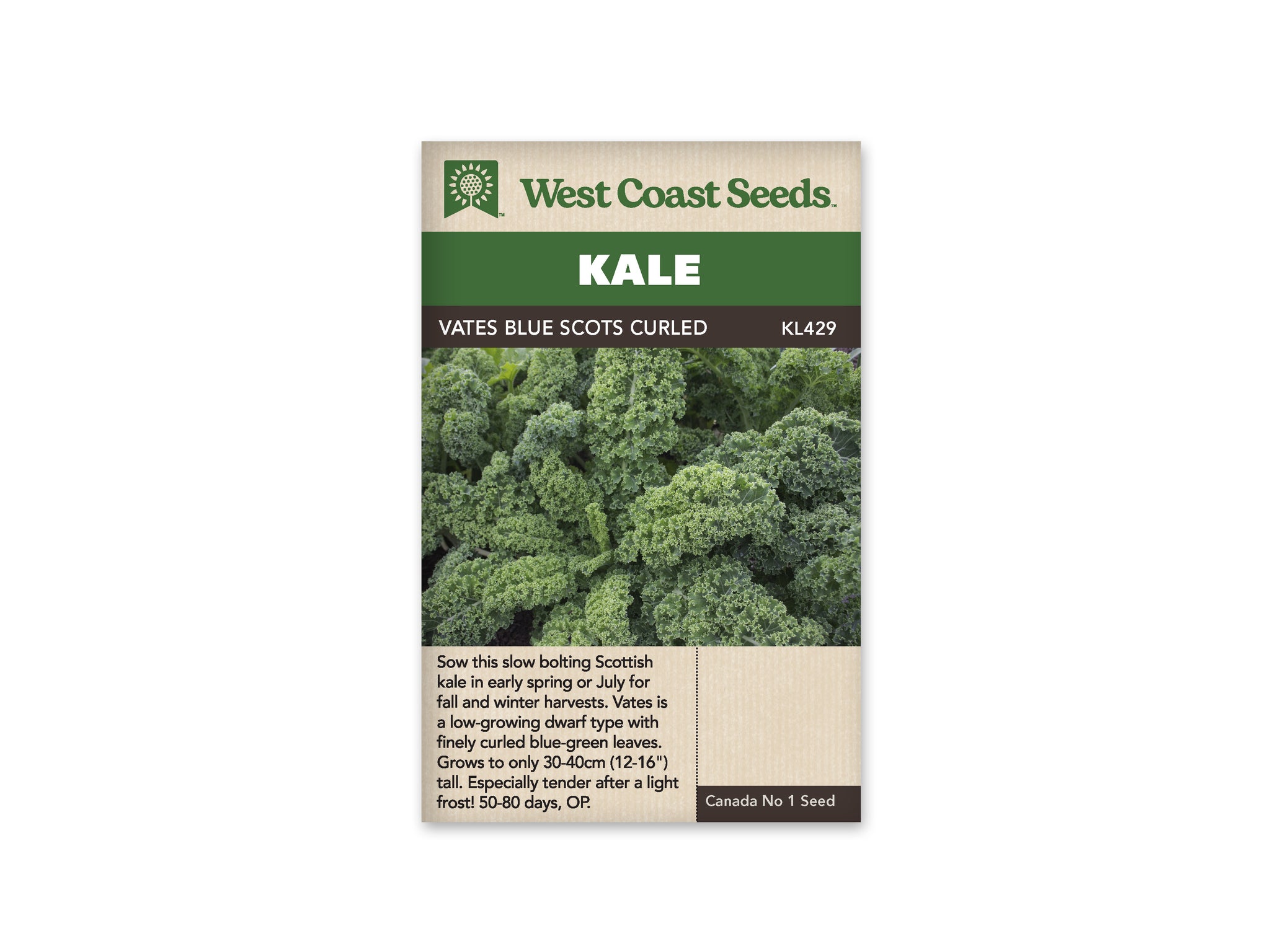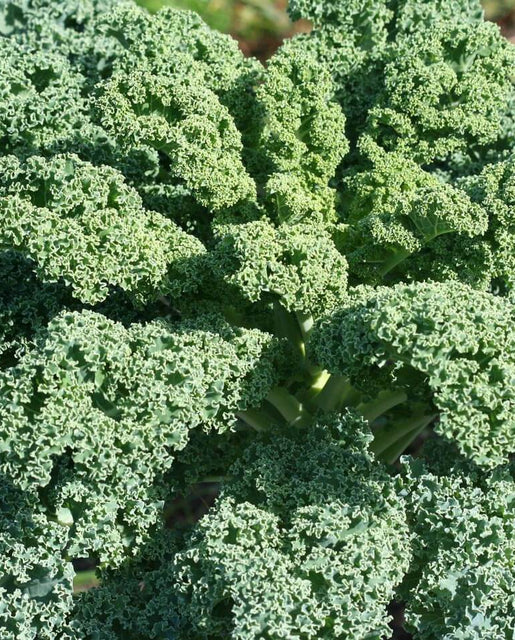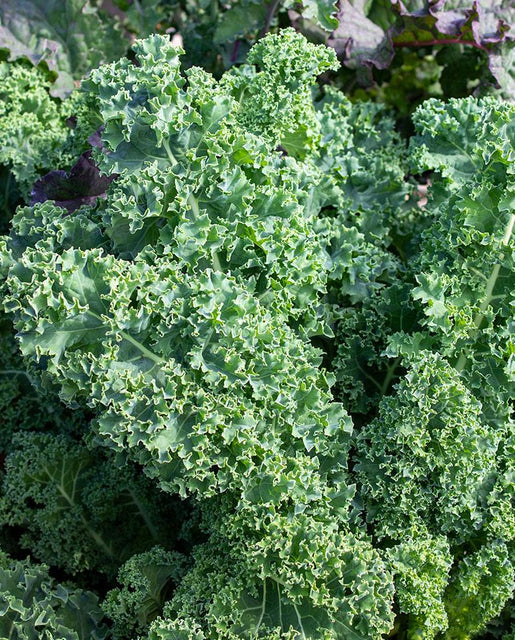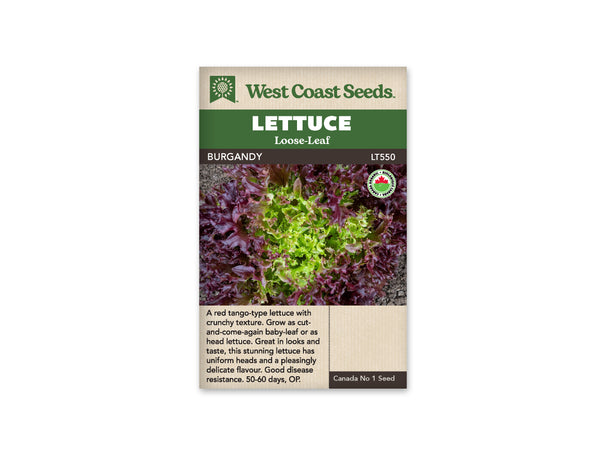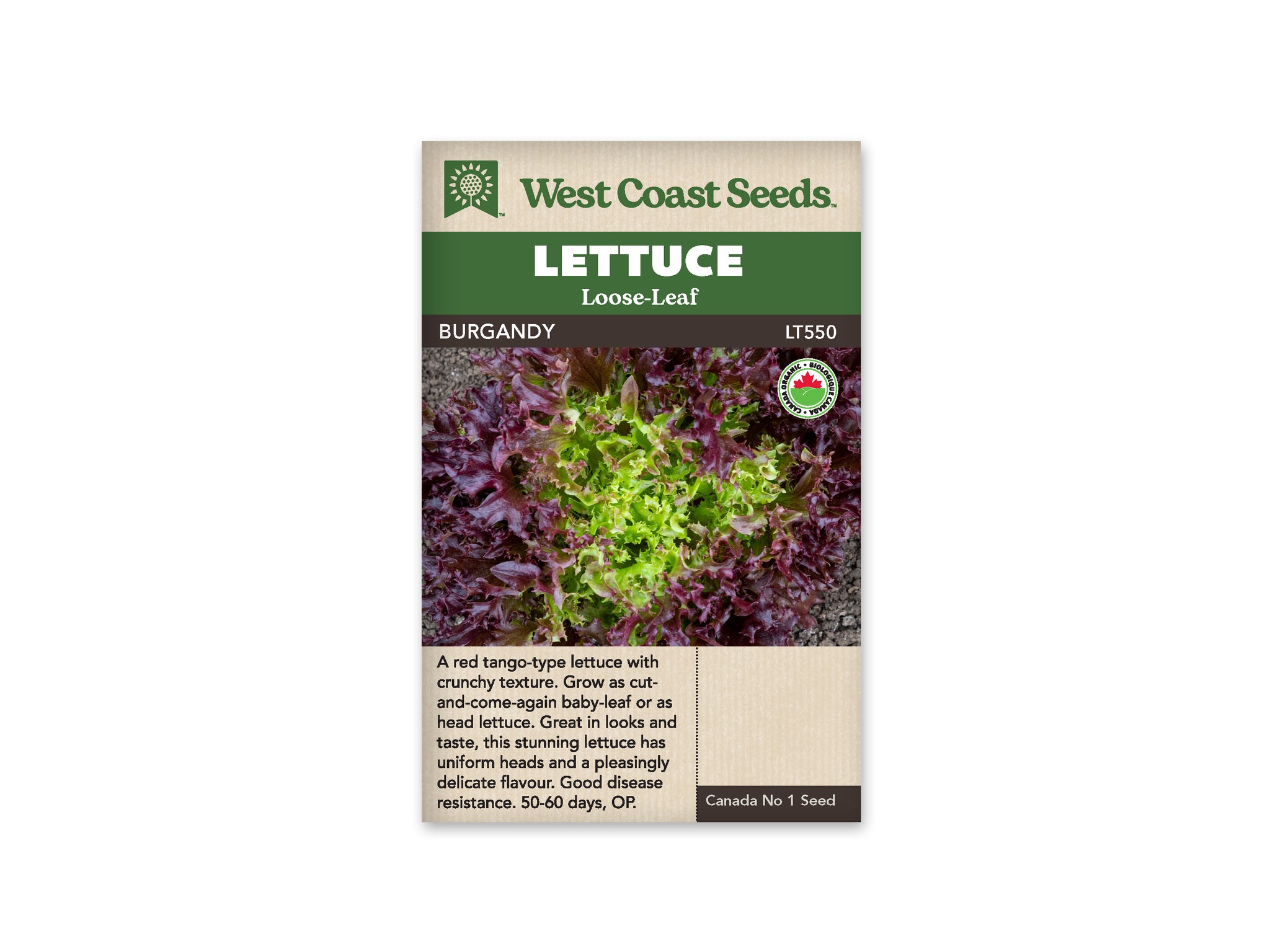Canadian Orders: Flat-Rate Shipping on Orders over $75 | Orders Over $150 Ship Free!
-
Shop
- New Arrivals
- Gardening
- Seeds
- Children + Baby
- Bath + Skin Care
- Baby Toys
- Books
- Puzzles + Games
- Loose Parts + Creative Play
- The Little Naturalist
- Play Chef
- Slings
- Apothecary
- Kids Lunches
- Accessories
- Sustainable Living
- Brushes / Brooms
- Food Storage
- Outdoors
- Coffee, Tea, Chocolate + Honey
- Coffee + Tea Accessories
- Water bottles + Travel Mugs
- Cookbooks
- Dishwashing
- Laundry
- Cleaners
- Accessories
- On The Go Essentials
- Self Care
- Face Care
- Body Care
- Hair Care
- Cosmetics
- Deodorant
- Toothpaste + Oral Care
- Sun Care
- Accessories
- Zero Waste Bathroom
- Soap
- Essential Oils
- For Men
- Books
- Apothecary + Natural Supplements
- Pet Care
- Shop Local
- Bulk
- In Store Pick Up
- Home Improvement
- Paint & Stain
- Discover
- Bulk Bar
Beans (Bush Beans) — Celine
Sold Out $3.49
CERTIFIED ORGANIC. The pretty pods of this slender wax bean are stringless and tender. Compared to other purple varieties, the colour of the beans are noticeably brighter and the pods pop nicely against the green leaves of the plant. The interior flesh of the beans are yellow, which contrasts beautifully with the purple exterior, allowing creative cooks to experiment with culinary use of colour. Pods develop early and the robust, productive bush plants also have high resistance to Bean Common Mosaic Virus.
Matures in 60 days. (Open-pollinated seeds)
Quick Facts:
- Slender, stringless wax bean
- Bright purple exterior with yellow interior
- Dwarf bush
Size: 25g (approx. 75 seeds)
Difficulty
Easy
Season & Zone
Season: Warm season.
Exposure: Full-sun.
Direct sow from mid-spring to early summer. Try to plant during a warm, dry spell. Soil must be warm – if it is not warm enough, the seeds may rot, especially our untreated seeds. Optimal soil temperature for germination: 21-32°C (70-90°F). The seeds should sprout in 8-16 days, depending on conditions.
Starting
Sow seeds 2-5cm (1-2″) deep, 5-8cm (2-3″) apart, in rows 45-60cm (18-24″) apart. Thin to at least 15cm (6″) apart in each row. If the weather is too wet, beans can also be started in pots indoors and set out carefully a few weeks later. For a continuous harvest, plant at 3 week intervals.
Growing
Ideal pH: 6.0-6.5.Well drained, warm soil in full sun is best. Raised beds help with both drainage and warmth. Use 1 cup of complete organic fertilizer for every 3m (10′) of row. Too much nitrogen fertilizer is often the cause of poor pod set and delayed maturity. If the plants flower but do not set pods, the cause may be zinc deficiency. Try spraying the plants with kelp-based fertilizer. Wet leaves on crowded plants are subject to diseases. Thin plants to increase air circulation and avoid touching the leaves while they are wet.
Harvest
Pick beans regularly to keep the plant producing (if pods get fat with seed, the plant will stop flowering). The smaller the bean, the more tender they are.
Diseases & Pests
Aphids – A hard stream of water can be used to remove aphids from plants. Wash off with water early in the day. Check for natural enemies such as grey-brown or bloated, parasitized aphids and the presence of larvae of lady beetles and lacewings.
Spider mites (two-spotted) – Wash off with water early in the day. A hard stream of water can be used to remove mites.
Leafhoppers – Small, light green to grey insects that feed on the plant juices, causing stunted growth, and transferring viruses. No cultural control available.
Companion Planting
Beans fix nitrogen in the soil. Plant with beets, Brassicas, carrots, celery, chard, corn, cucumber, eggplant, peas, potatoes, radish, and strawberries. Avoid planting near chives, garlic, leeks, and onions.
Related Items
Bug Stuff — Sustain Made
$0.90
This bug stuff is our personal blend of essential oils that we find soothing and helps to deter mosquitos, flies and ticks. We truly believe no...
View full product detailsKale — Vates Blue Curled Scotch
Sold Out $3.29
Sow slow-bolting Vates Blue Curled Scotch kale seeds in early spring for summer harvests, or July for fall and winter harvests. Vates is a low-growing...
View full product detailsLettuce — Looseleaf, Burgandy Organic
Sold Out $3.99
CERTIFIED ORGANIC. A loose-leaf, red tango-type lettuce with shapely leaves that are lofty and have a pleasingly crunchy texture. The incised leaves are two-toned: the...
View full product detailsSign up to get the latest on sales, new releases and more…
© 2026 Sustain.
Ecommerce Software by Shopify
